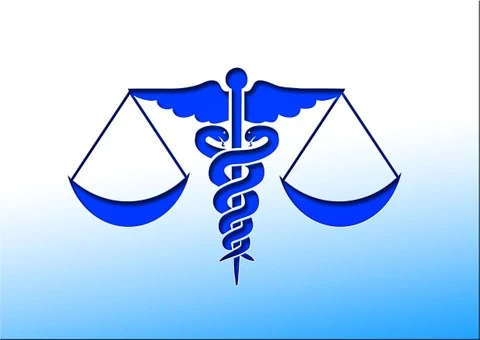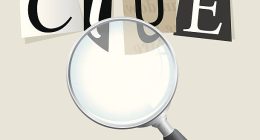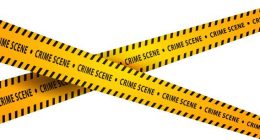The photographic superimposition technique is today, a widely used and accepted method to identify individual’s photograph with the skull. It is based on the fact that no two skulls are exactly alike in all their dimensions and proportions. Accordingly, no skull can match any photograph, unless the skull belongs to the same person whose photograph is made available.
The identification of a dead body is one of the important problems of police work. Several methods are in vogue, which can help identify a dead body. However, if a body is decomposed and only the skeletal remains are available then identification is far more difficult. When a skull is found and no other method can identify it, the photo-superimposition technique is adopted to establish the identity of the skull.
Nature of Photograph Required for Superimposition
(i) In order to establish identity of unknown skull it is important to gain a photograph of the person concerned. The photograph need not be a front view of the face. Also the side view of the face can be useful.
(ii) In order to have the photograph blown to the life size of the skull, it is advantageous to obtain a photograph, which has some object of a permanent nature.
(iii) In the absence of any object in the photograph, a negative of the photograph, if available, along with the probable distance of the camera and the person photographed will useful to approximate the life size of the head in the photograph.
(iv) As far as possible the photograph should be the latest one, taken
Nature of Skull Required
The skull with mandible should be available for superimposition technique. The skull if fractured or with mandible portion missing can also be useful.
Superimposition Technique
From the available photograph a negative is made. From this negative a quarter size positive transparency is prepared. Various anatomical landmarks are fixed on it. The transparency is then placed on the ground glass of the field camera, and anatomical landmarks are first marked on it followed by the outline of the face. The skull is then fixed on a suitable stand and adjusted in such a way that it corresponds in position and alignment with the deceased’s photograph.
The anatomical Landmarks of the skull and those marked on the ground glass of the camera have also to coincide. The negative of the skull and the negative of the photograph are then placed together with the anatomical landmarks coinciding in all respects. A positive photograph is made from these superimposed negatives. A superimposed photograph, with all the anatomical landmarks coinciding. would establish the identity of the skull.
The technique referred above is tried when a photograph is available without any details of distance between the person and the camera or when no object is available in the photograph to match with the actual object to give life size photograph. This will help to blow up negative of the photograph to obtain life size head. The negative of the life size head is then superimposed on the life size negative of the skull. The two negatives should match in respect of all the anatomical landmarks to establish identity of the skull with the photograph. The two superimposed negatives are then photographed for presentation of the evidence in court.
Electronic Skull Superimposition Technique
An electronic superimposition device (ESID) has recently been developed which provides more accurate method of super imposition.
The device consists of two television cameras, a video mixer, a synchroniser, three video monitors two with 12″ screen and the other with 20″ screen. The photograph of the missing person is first enlarged to get a life-size image. The skull and the photograph are then mounted on suitable stands, One video camera is focused on the skull and the other on the photograph.
The focusing and adjustment of the cameras are done by observing through the monitors. With the help of the synchroniser and the image mixer the skull and the photograph are super imposed one over the other to get a perfect alignment with the anthropometric landmarks and the general contour of the face and the skull. This method has now been widely used.





